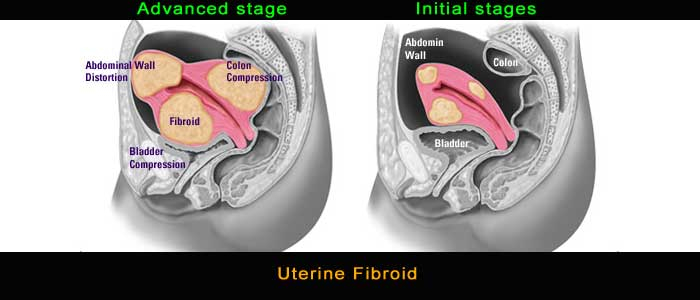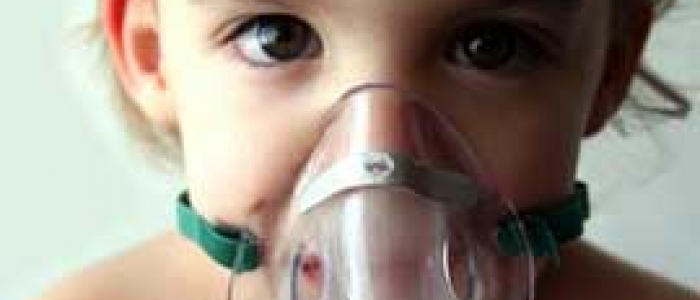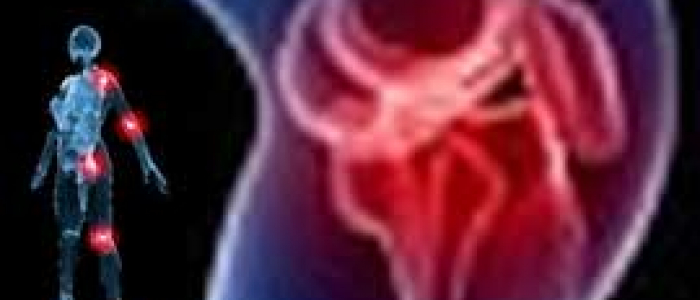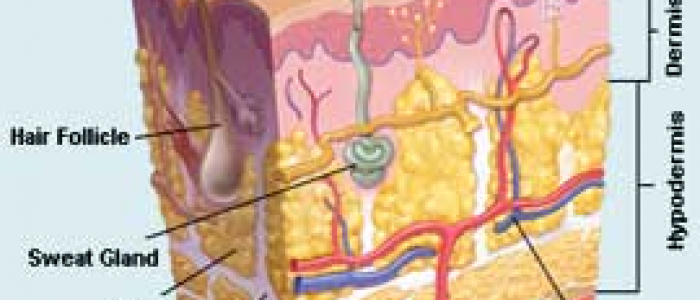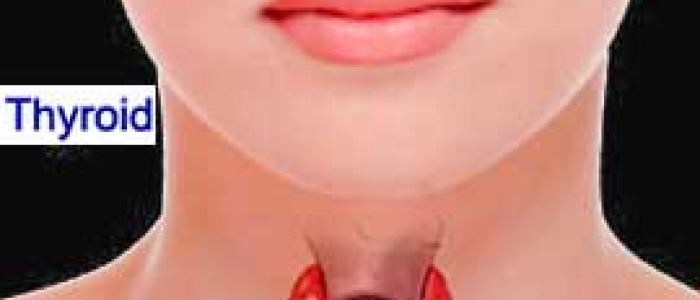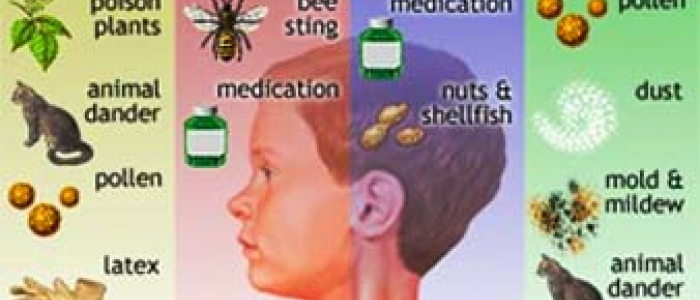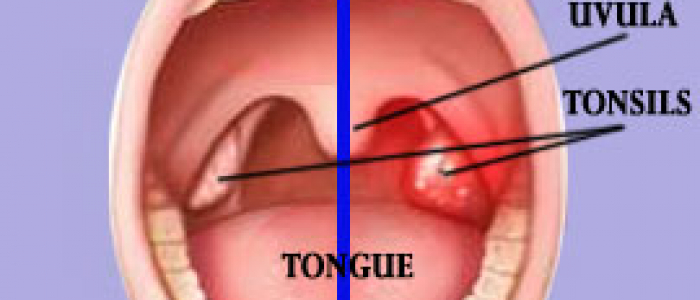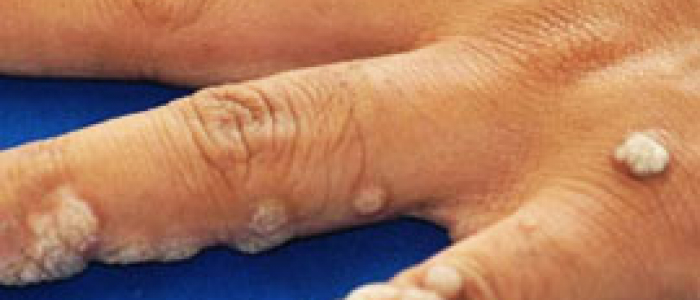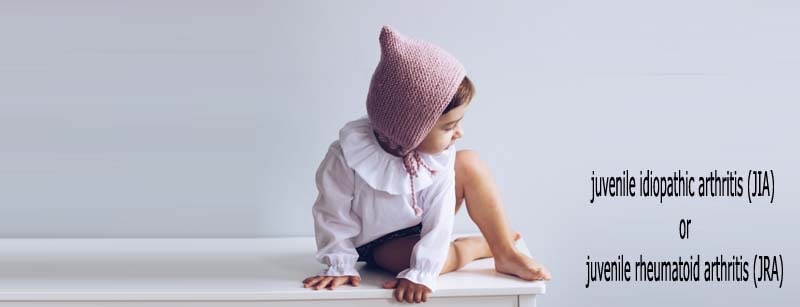
Arthritis is an inflammation of the joints that is characterized by swelling, heat, and pain. Nearly 300,000 children in the United States have some sort of arthritis. Arthritis can be short-term — lasting for just a few weeks or months, then going away forever — or it can be chronic and last for months or years. In rare cases, it can last a lifetime.
It may begin with a swollen knuckle, a spiking fever, or an unexplained rash. But no matter what symptoms appear, hearing the word "arthritis" in a diagnosis for your child can be unexpected and confusing.
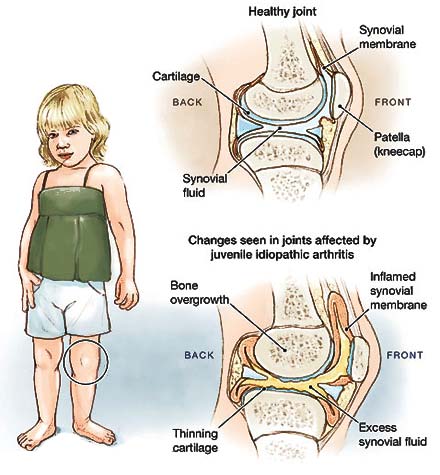
The most prevalent form of juvenile arthritis is juvenile idiopathic arthritis (JIA) (also known as juvenile rheumatoid arthritis, or JRA). It affects about 50,000 U.S. kids and is very different from adult rheumatoid arthritis.
What Causes JIA?
It's not known exactly what causes JIA in kids. Research indicates that it is an autoimmune disease. In autoimmune diseases, white blood cells can't tell the difference between the body's own healthy cells and germs like bacteria and viruses. The immune system, which is supposed to protect the body from these harmful invaders, instead releases chemicals that can damage healthy tissues and cause inflammation and pain.
To effectively manage and minimize the effects of arthritis, an early and accurate diagnosis is essential. By understanding the symptoms and characteristics of each type of JIA, you can help your child maintain an active, productive lifestyle.
Types of JIA
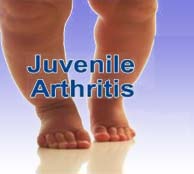 JIA usually appears in kids between 6 months and 16 years old. The first signs often are joint pain or swelling and reddened or warm joints. Many rheumatologists (doctors specializing in joint disorders) find that the greater the number of joints affected, the more severe the disease and the less likely that the symptoms will eventually go into total remission.
JIA usually appears in kids between 6 months and 16 years old. The first signs often are joint pain or swelling and reddened or warm joints. Many rheumatologists (doctors specializing in joint disorders) find that the greater the number of joints affected, the more severe the disease and the less likely that the symptoms will eventually go into total remission.
There are seven major types of JIA:
- Systemic JIA. Affects the whole body. Symptoms include high fevers that often increase in the evenings and then may suddenly drop to normal. During the onset of fever, the child may feel very ill, appear pale, or develop a rash. The rash may suddenly disappear and then quickly appear again. The spleen and lymph nodes might become enlarged. Eventually many of the body's joints are affected by swelling, pain, and stiffness.
- Oligoarthritis. Affects four or fewer joints. Symptoms include pain, stiffness, or swelling in the joints. The knee and wrist joints are the most commonly affected. The two types of oligoarthritis, persistent and extended, are determined by how many joints are ultimately involved. Also, an inflammation of the iris (the colored area of the eye) may occur with or without active joint symptoms. This inflammation, called iridocyclitis, iritis, or uveitis, can be detected early by an ophthalmologist.
- Polyarticular arthritis, rheumatoid factor negative. Affects more girls than boys. Symptoms include swelling or pain in five or more joints. The small joints of the hands are affected as well as the weight-bearing joints like the knees, hips, ankles, feet, and neck. A low-grade fever also might develop, as well as bumps or nodules in areas of the body subjected to pressure from sitting or leaning.
- Polyarticular arthritis, rheumatoid factor positive. Affects about 15% of kids with polyarticular arthritis or about 3% of all children with JIA. This type of JIA behaves the most like adult rheumatoid arthritis, and kids are at a higher risk of joint damage with erosions than in the other forms of JIA.
- Psoriatic arthritis. Kids with this also have the psoriasis rash themselves or a close relative with psoriasis. Their fingernails and/or toenails might be affected by the condition.
- Enthesitis-related arthritis. Most commonly affects the lower extremities and the spine. Kids also might have inflammation where tendons join bones (e.g., where the Achilles tendon attaches to the back of the heel). Enthesitis-related arthritis includes a special group call juvenile ankylosing spondylitis (where joints of the low back are inflamed) and arthritis associated with inflammatory bowel disease (Crohn's disease and ulcerative colitis).
- Undifferentiated arthritis. Arthritis that doesn't fit into any of the above categories or fits into more than one of the categories.
The first signs of arthritis, which can be subtle or obvious, include limping or a sore wrist, finger, or knee. Joints may suddenly swell and remain enlarged. Stiffness in the neck, hips, or other joints also can occur.
Rashes may suddenly appear and disappear, developing in one area and then another. High fevers that tend to spike in the evenings and suddenly disappear are characteristic of systemic JIA.
Treatments
In many cases, JIA is treated with a combination of medication, physical therapy, and exercise. The health care providers, including the primary care physician, rheumatologist, and physical therapist, will work together to develop the best method of treatment.
The goals of treatment are to relieve pain and inflammation, slow down or prevent the destruction of joints, and restore use and function of the joints to promote optimal growth, physical activity, and social and emotional development.
Physical Therapy
An appropriate physical therapy program is essential to the management of any type of arthritis. A physical therapist will explain the importance of certain activities and recommend exercises suited to your child's specific condition. The therapist may recommend range-of-motion exercises to restore flexibility in stiff, sore joints and other exercises to help build strength and endurance.
Regular Exercise
When pain strikes, it's natural for your child to want to sit still. But it's important to maintain a regular exercise program. Muscles must be kept strong and healthy so they can help support and protect joints. Regular exercise also helps to maintain range of motion.
At home and at school, your child should have regular exercise and physical fitness programs. Safe activities include walking, swimming, and bicycling (especially on indoor stationary bikes). Be sure that your child warms up the muscles through stretching before exercising. Make exercise a family activity to build fun and enthusiasm.
Ask the doctor and physical therapist about sports restrictions. Some, especially impact sports, can be hazardous to weakened joints and bones. And make sure your child eats a balanced diet that includes plenty of calcium to promote bone health.



